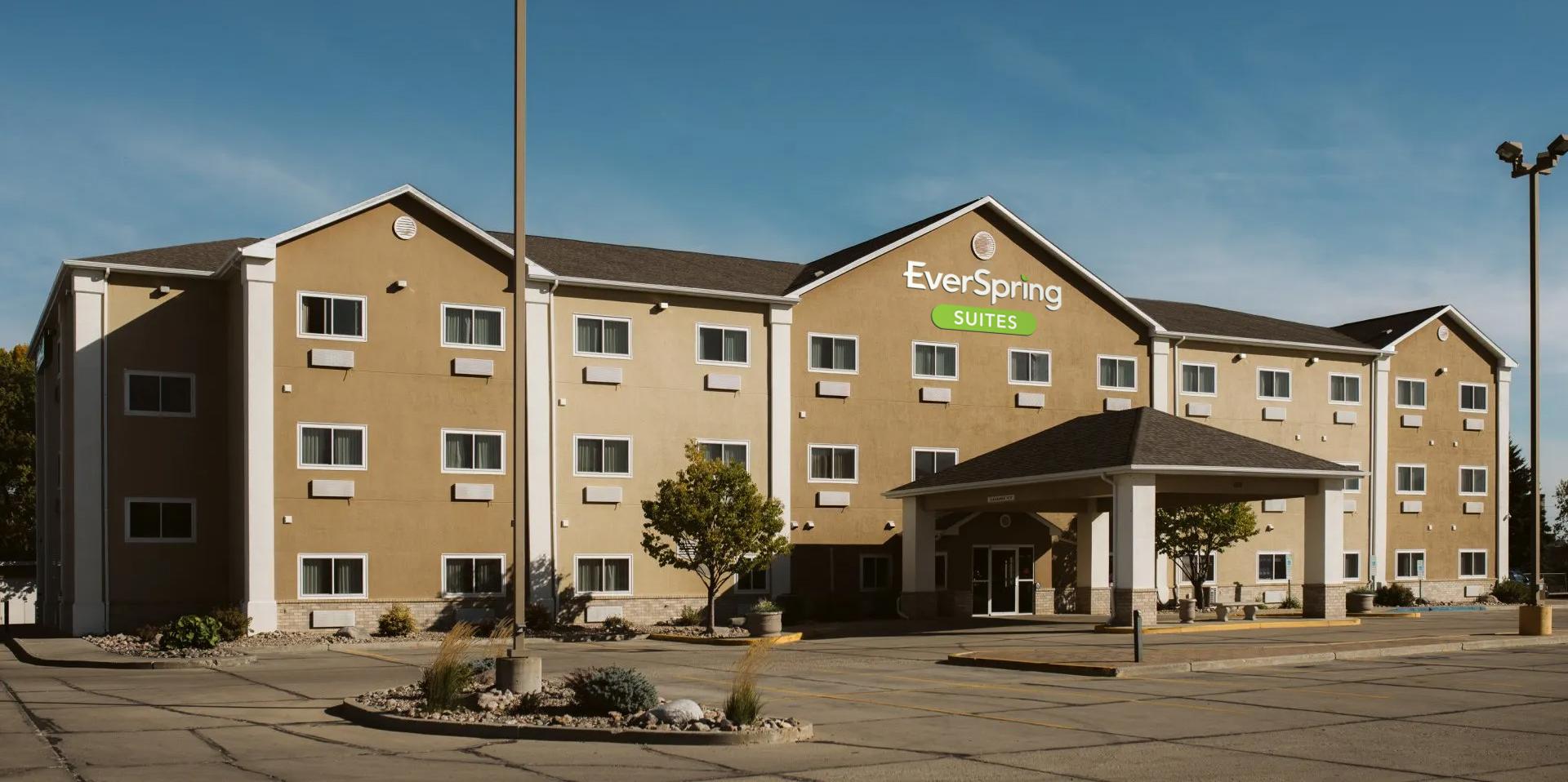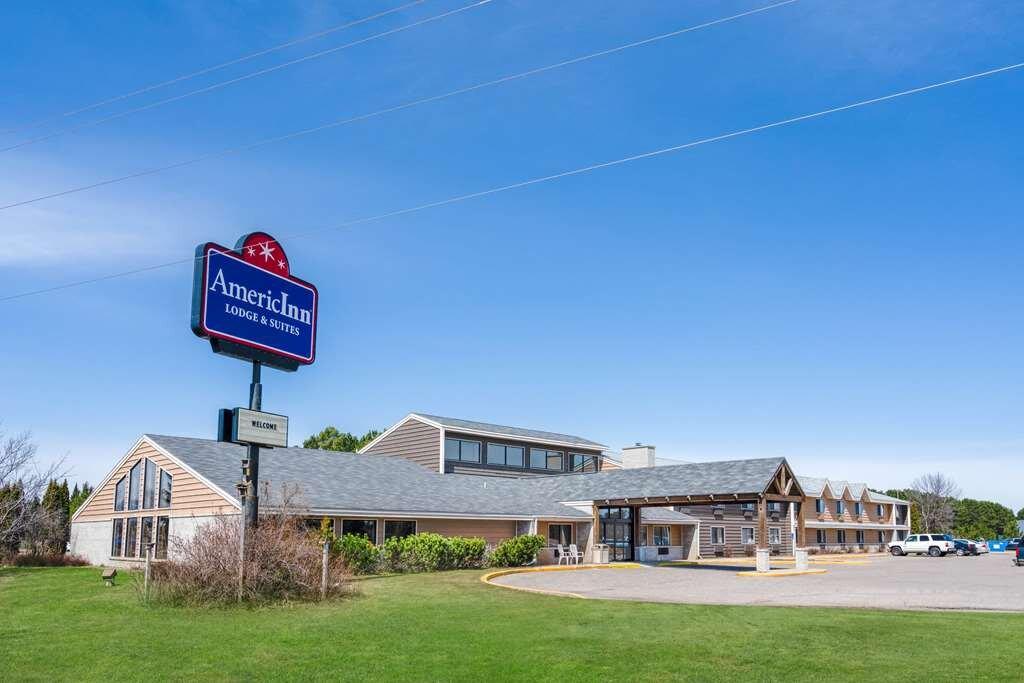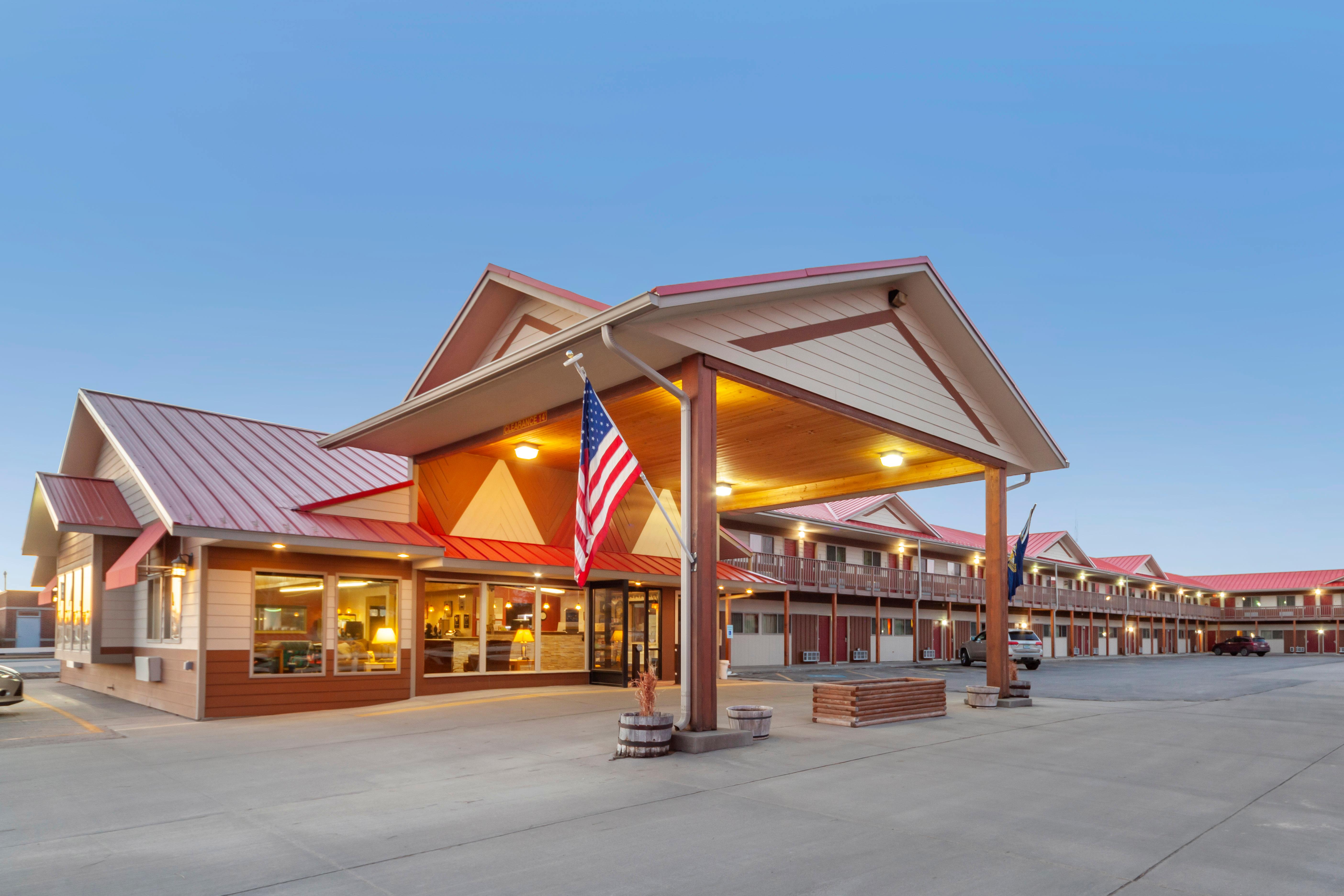What is the appropriate exit strategy for a hotel investment?
This, of course, is a key question that we encourage investors to ask. In this article, we will aim to provide a brief overview of the available options, as well as some internal targets and philosophy on this important subject.
For starters, we mostly agree with Warren Buffet, who questions the notion of ever selling a strongly performing investment. If you sell such an investment, you pay taxes and transaction expenses, and then are faced with the challenge of finding a more attractive alternative – now with the handicap of having less to invest after these expenses.
This strategy has further benefits in a cyclical industry like hospitality, where long-term ownership of a hotel property provides insulation from the certain (but unpredictable) economic cycles. Investors who seek to exit their investments in shorter time horizons (less than 10 years) are far more likely to have their returns impacted by potential downturn events. While the prevailing mindset of many investors is that they are able to know their position in the current cycle and thus “buy low and sell high”, the evidence is strong that the opposite is in fact true.
Consider a 2009 analysis by Cornell University’s Center for Hospitality Research which examined the attempts of hotel investors over a 40+ year period (1962-2006) to time the market, measured by investment flows into and out of hospitality stocks. They found that in aggregate, investors “bought high” and “sold low”, costing themselves an average of 2.0% per year in returns.
With these results being echoed across the entire market spectrum, we believe the approach that leads to the highest risk-adjusted returns is to hold the investment through as many economic cycles as possible. While a given year or two might be softer, the good years more often than not build the average to very acceptable levels. Take Fidelity’s Select Leisure Portfolio fund (FDLSX), a hospitality mutual fund whose share price declined a significant 29% in 2008. Fueled by fear of further losses, many investors during this period felt the need to liquidate their investment, realizing the entirety of this loss. But those who held their position were in fact treated to two dividends in 2008, and the stock price has nearly quadrupled since. It is as Buffett said, “Only buy something that you’d be perfectly happy to hold if the market shut down for 10 years.”
Yet there are times, in our opinion, when taking some capital off the table is a good idea. Even in long-term, cash return-oriented investments like our hospitality funds, investors prefer to have an exit event from time to time. Below we will discuss the two primary exit opportunities for returning investor capital, as well as instances where an investor is forced (for one reason or another) to sell their investment.
1) Re-leverage Bank Debt
The first exit option, and our preferred scenario, is to re-leverage our portfolio’s bank debt after a period of time (we target 10 years). The scenario works like this:
- An owner purchases a property using bank debt to help finance the purchase.
- Over time, the principal amount on the bank debt is paid down.
- Also over time, the value of the property rises.
- At the end of a certain period of time, the owner is able to refinance the bank debt on the property and take out a new loan (using the same debt-to-equity ratio as in the original purchase), whose value will be more than what he or she owes on the original loan.
- The owner can use the excess funds generated to “pay back” his or her original investment – all the while retaining his ownership in the property. The funds can now be used to fund an alternative investment.
Here is an example in one of our hotel funds:
Assume that we buy one hotel for $3,000,000. In keeping with our philosophy of moderate leverage, we have one-third equity, or $1,000,000 and two-thirds debt, or $2,000,000.
Ten years down the road, assume we have generated an average annual cash return (with strong tax advantages) of 10%, which means that investors have received 100% of their original investment in cumulative annual returns.
Importantly, during this time, we have not sacrificed long-term value for short-term cash returns, as can be tempting to do in the real estate business. Every year, we spend or set aside a minimum percentage of revenue (not just profits) to fund renovations and property improvement projects. The amount we set aside annually is enough to perpetually keep the properties in as good or better condition than when we purchased them. This is very important to note and often overlooked when evaluating potential real estate investments.
Also after these 10 years, assume that on account of 1) average inflation levels, 2) the fact that the property has been kept in great condition, and 3) the likelihood that operating results have improved gradually over time (in part because of inflation/increased room rates and in part because of quality operations), the value of the property will have increased, just as the vast majority of real estate investments have over time.
So, if we assume a conservative 2% annual growth in value over 10 years, our property is now worth about $3,700,000. And the original $2,000,000 of bank debt has been paid down to about $1,100,000.
If we refinance the debt back to about 70%, that means we will borrow approximately $2,600,000, freeing up cash of about $1,500,000 (after subtracting the $1,100,000 owed on the original note), enough to pay back all of the original investor equity and have another $500,000 to distribute or further reinvest into the property.
In this example, over a 10 year period, investors have received two times their original investment, and still own the property. As mentioned above, the returns can be reinvested as the investor wishes. And as an added benefit, the return of capital (up to the amount of the investor’s original investment) is tax-free.
The main objection to this strategy is that it increases debt levels and associated risk. This is true, of course, but the question is to what extent? We maintain that moderate debt levels (65-70%) on established operating properties is an optimum level to weather downturn events and achieve the highest risk-adjusted returns. This approach simply re-leverages to these levels, and of course, does so on a property you now know well (versus reinvesting with similar debt levels in a new, unknown property).
2) Outright Sale
While the above is our planned or expected option, there is another option – an outright sale of a hotel or the entire hotel portfolio in the fund. This can be a very attractive option, but is of course very dependent on the current market conditions.
So when might we look to sell our properties?
Going back to 1989, when our team started our private equity work (with a hotel investment), we have always been mindful of attractive exit opportunities. Hotel markets are large enough that we actively monitor cap rate (valuation) trends, and are often approached by interested parties to acquire specific properties. In sum, our philosophy is that we will sell as soon as the selling price is compelling.
Looking forward, we have a great advantage in this regard – a portfolio. Many institutional buyers who might not be likely to pay a premium for an individual property, will often do so for a diversified portfolio of properties.
But our biggest concern is not selling our properties, it’s finding buying opportunities that meet our high threshold of acceptance – leading us once again to “buy and hold” and pursue a leveraged recap strategy.
Forced Sale: Many times, an investor needs (or is forced to) to sell his or her investment for a variety of reasons – such as a death, divorce or financial problems. In many private real estate investment structures, a lack of immediate liquidity can present challenges. When faced with the need for a quick sale, the investment manager makes a key difference. In the past, we at Bird Dog have been able to quickly find a buyer. The sale is rarely at full market value, due to a discount for liquidity, but one that is very acceptable for both parties.
As the investment manager, to avoid even the appearance of conflict, we work through a process (in keeping with our operating agreements) where the buyer works directly with the seller, and the investment manager is just the mediator.
We hope this has given you some useful insight and answers regarding the question of exit strategies for a hotel investment.





